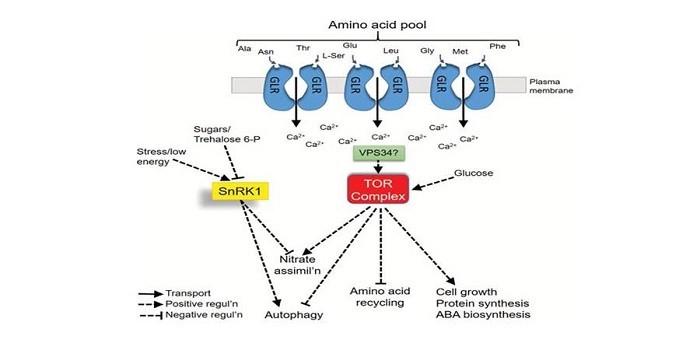
Review: Nitrogen sensing in plants ($)
Plant Science Research Weekly, Research0 Comments
/
Like other organisms, plants have developed mechanisms to sense and respond to changes in the availability of nutrients. Nitrogen (N), being very essential for the growth and development of plants, must also be strongly monitored by plants. N sensing and signaling in plants are highly researched topics,…
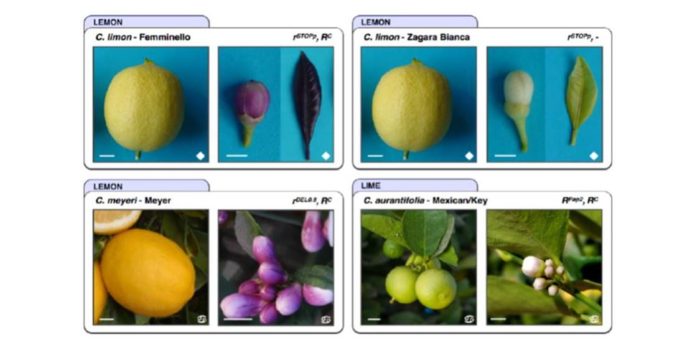
Changes in anthocyanin production during domestication of Citrus
Plant Science Research Weekly, ResearchFamiliar citrus fruits such as sweet orange, lemon, lime and grapefruit are hybrids of three species: Citrus reticulate (mandarin), C. medica (citron), and C. maxima (pummelo). Cultivated varieties are generally vegetatively propagated, with diversity arising from spontaneous or induced somatic mutations.…
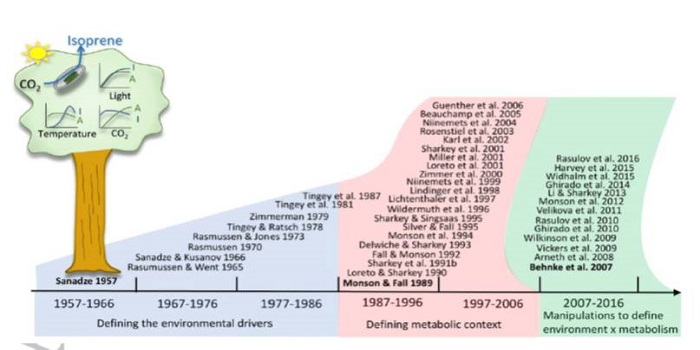
Review: Isoprene research – 60 years later, the biology is still enigmatic ($)
Plant Science Research Weekly, ResearchSixty years ago, the first report of isoprene (C5H8; 2-methyl-1,3-butadiene) emissions from plants was published. Isoprenes are the largest source of non-methane hydrocarbons in Earth’s atmosphere; furthermore, isoprene is reactive in atmospheric chemistry and can be converted into a variety of harmful…
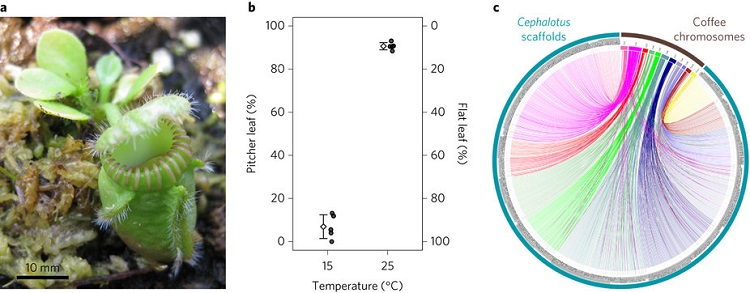
Convergence in the molecular basis of carnivory
Plant Science Research Weekly, ResearchCephalotus follicularis is a heterophyllous pitcher plant that makes two types of leaves, carnivorous and non-carnivorous. By growing plants at different temperatures, Fukushima et al. were able to get plants to produce one of the two leaf forms. They sequenced the plant’s genome and compared transcriptomes…

Rewiring carotenoid biosynthesis in plants using a viral vector
Plant Science Research Weekly, ResearchA healthy human diet should include phytonutrients such as carotenoids. Several approaches including classical breeding and transgenic plant production have been used to increase carotenoid abundance in plant tissues; challenges to these approaches include feedback controls, cell toxicity due to abnormally…
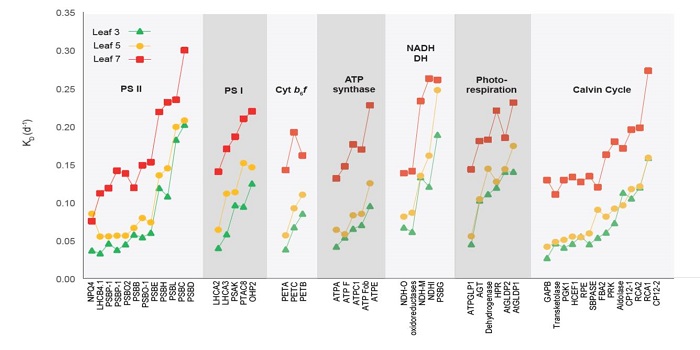
Protein degradation rate in Arabidopsis thaliana leaf growth and development
Plant Science Research Weekly, ResearchProtein synthesis is an energetically-demanding process, made even more so by the fact that many proteins have a short half-life and must be repeatedly synthesized and degraded. Using a 15N-labeling approach, Li et al. determined the in vivo half-life for more than 1200 Arabidopsis leaf proteins; these…

A chemical genetic roadmap to improved tomato flavor ($)
Plant Science Research Weekly, ResearchThey say that “chacun à son gout” (each has his own taste), but when it comes to tomatoes there is near universal agreement that they don’t taste as good as they used to: a fact that is borne out by gas chromatography-mass spectrometry and the panel of taste-testers employed by Tieman et al. in…
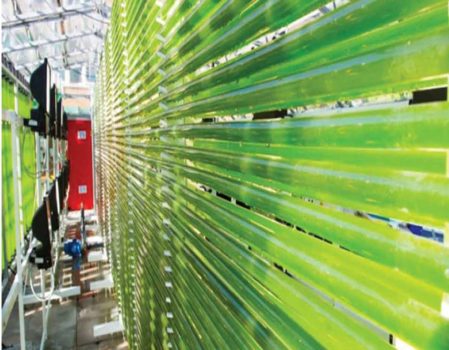
Review: Cyanobacterial metabolites as a source of sunscreens and moisturizers
Plant Science Research Weekly, ResearchThe cosmetic industry uses a lot of different chemicals to produce the seven or so skin care products used by the average American every day. Efforts are underway to develop renewable sources for some of these. Derikvand et al. review the chemistry and potential applications behind compounds used by…
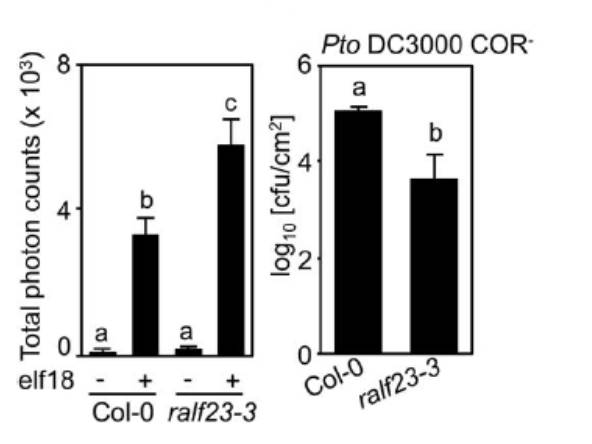
Peptide-mediated regulation of receptor scaffolding in plant immune signaling ($)
Plant Science Research Weekly, ResearchContinuing the theme of peptide signaling, Stegmann et al. showed that a subset of the RALF (RAPID ALKALINIZATION FACTOR) family of plant peptides can negatively regulate plant immune responses. When plants are treated with flg22, a peptide epitope of bacterial flagellin, they produce reactive oxygen…

